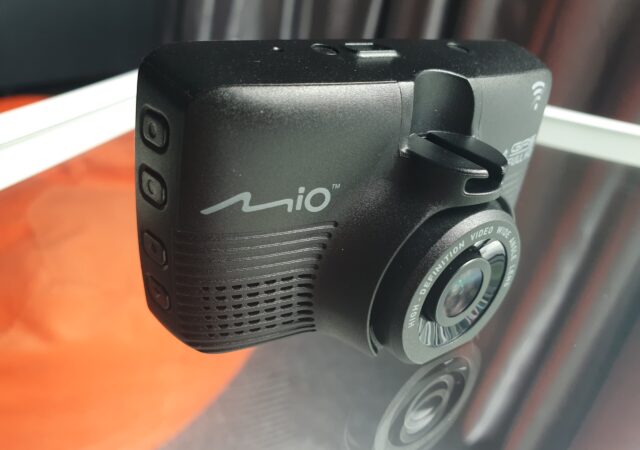Dashboard cameras are big things these days. The Mio MiVue 792 is a premium dashboard camera than is capable of more than the usual.
Sprinting to Bring Tech to Emergency Hospitals in Wuhan, China
Lenovo became one of the first responders in time of desperation and need in China at the height of the COVID-19 outbreak. They deployed their teams and donated IT infrastructure to the emergency Huoshenshan hospital in Wuhan that was built in 10 days.




